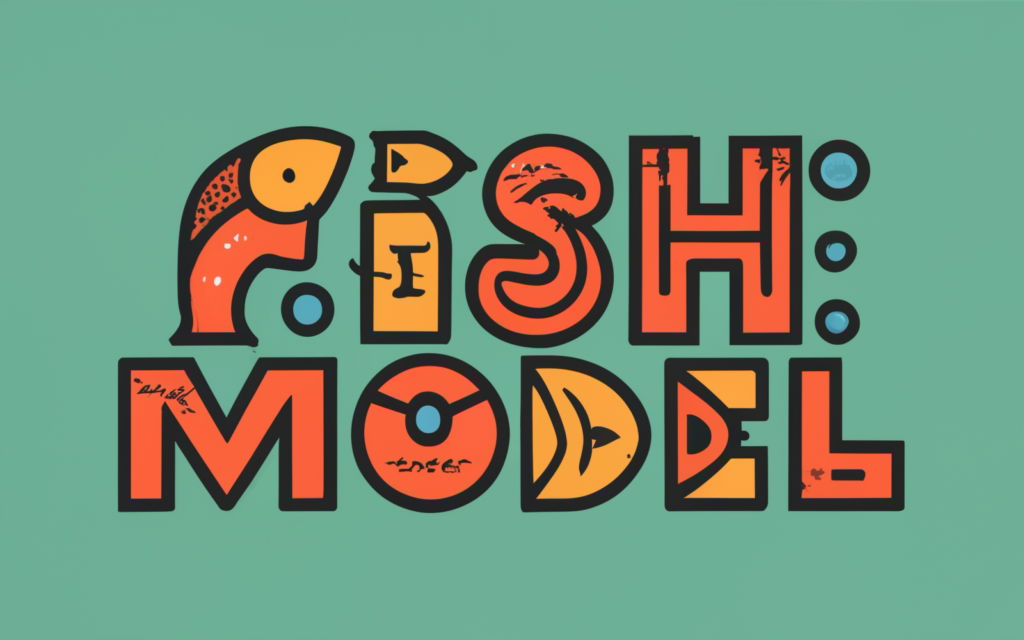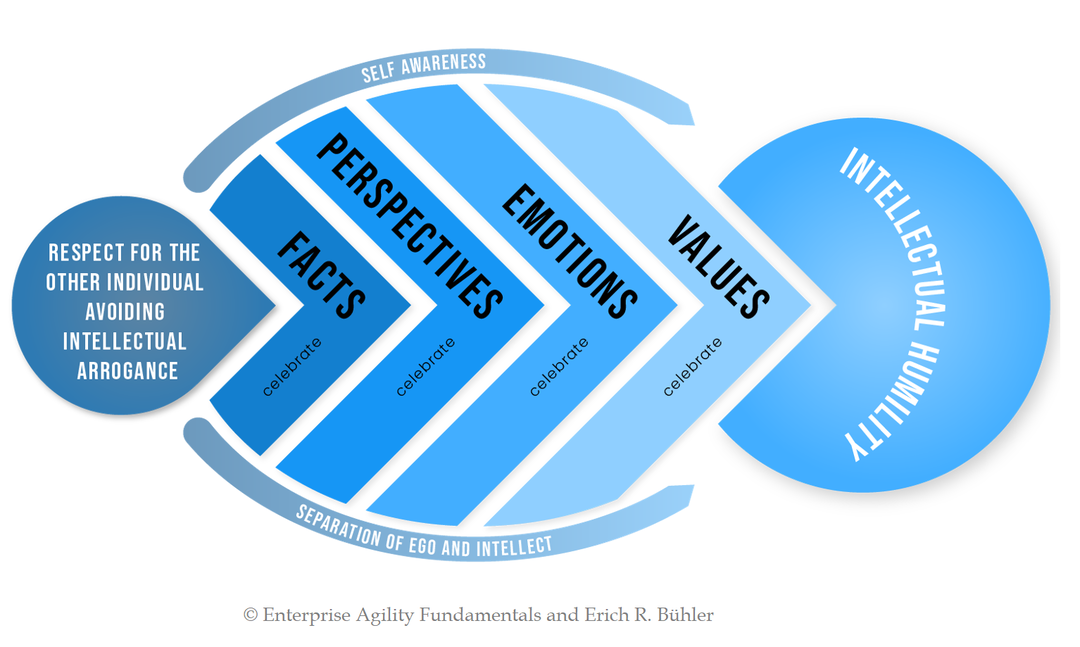The Intellectual Humility Journey or Fish Model is designed to guide individuals through developing intellectual humility in small, manageable steps.

This model recognizes that intellectual humility is not an absolute or fixed state but a continuous process of growth and refinement.
For more detailed information about them, check Enterprise Agility Fundamentals, Chapter 6., page 278.

Enterprise Agility offers two powerful models for cultivating intellectual humility (IH) in leaders and others—the Lighthouse model and the Fish Model. Each takes a different approach:
- Lighthouse model: The Lighthouse Model focuses on incremental behavior change based on behavioral science. This makes it well-suited for busy leaders who need to rapidly improve their intellectual humility but may resist an extensive mindset shift. This model identifies small, tangible actions leaders can take, such as acknowledging knowledge gaps, seeking diverse inputs, and reflecting before responding. These behaviors are then reinforced using the BOIS model, which links actions to objectives and sustainable habits (you learned about the BOIS model last week; the recording is available).
- Fish model: In contrast, the Fish Model aims to fundamentally transform mindsets using neuroscience principles over the long term. It focuses on reshaping how leaders perceive themselves, obtain knowledge, interact with others, and pursue self-improvement. The Fish model is included in the book (Enterprise Agility Fundamentals).
Both models use techniques based on neuroplasticity, cognitive reframing, and emotional intelligence to rewire thinking patterns underlying behaviors. This creates lasting change but requires time and commitment.
